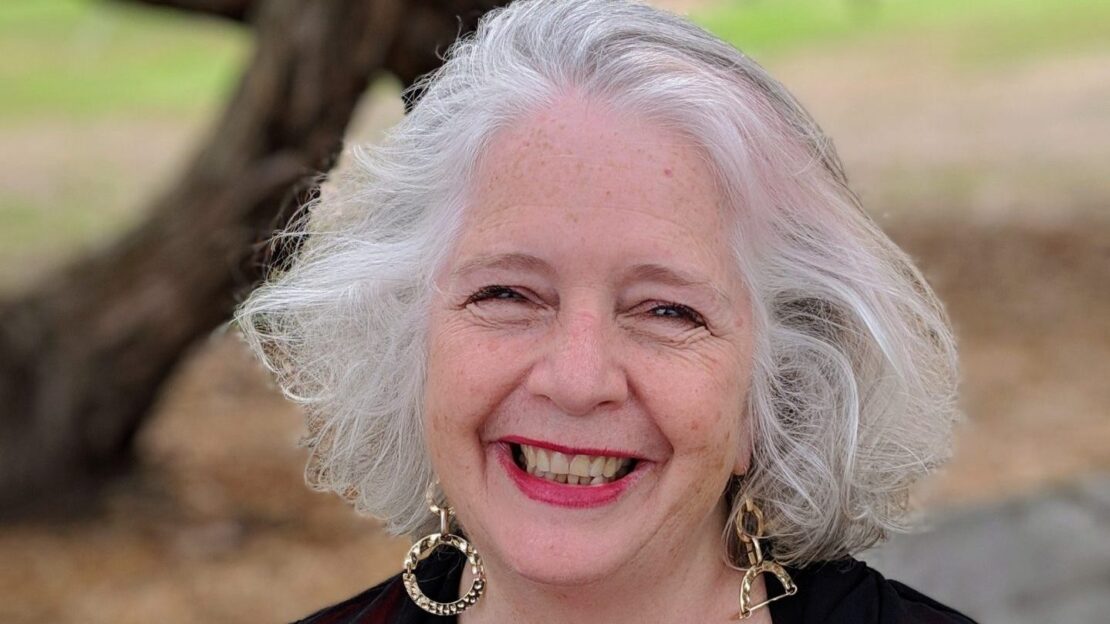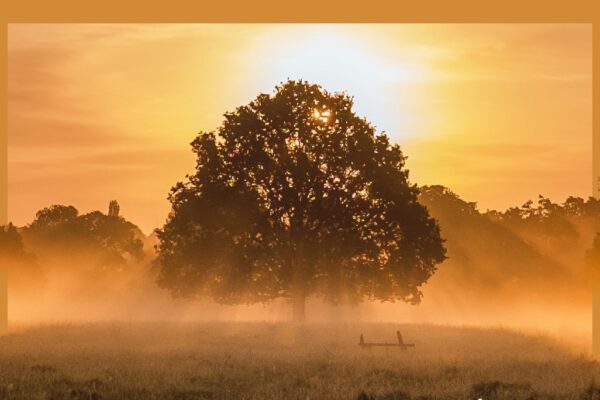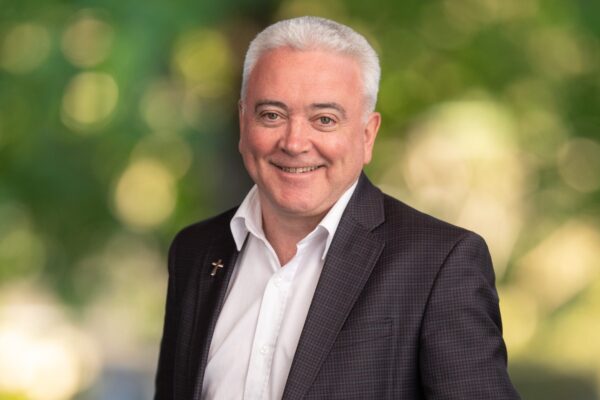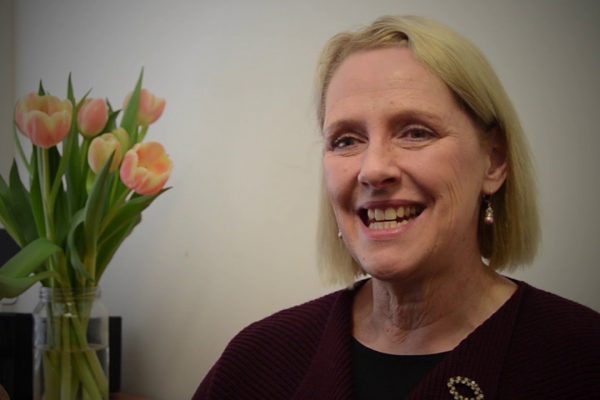We must teach more by example than by word.
Mary MacKillop.
In much of my incidental reading around the subject I have frequently come across the phrase “the mission of the Church”. I have always understood this to mean spreading the Good News to all and living in a way that prioritises people and not things; that mission means interaction with and for others by members of the Catholic community.
In a world where mission, and its corresponding statement, can become clichéd and corporate and begin to sound like soulless spin, rather than authentic endeavour, it is important to be reminded that the Church’s mission is founded on the ministry and message of Jesus of Nazareth. This is the Jesus who did his Father’s work, who preached and walked and dined amongst the poor and outcast, the bleeding and demoniac, those whose lives were lived at the fringes or out of sight; those who were “othered”, dismissed, overlooked, diminished. In spreading the Good News of salvation Jesus provided hope for those who had none. He replaced despair with a divinely inspired destiny. And that is the Church’s mission today, to offer hope in the here and now (and it goes without saying, the hereafter) to those who most need it.
In a 2017 TED Talk Pope Francis said, “The future does have a name, and its name is Hope. Feeling hopeful does not mean to be optimistically naïve and ignore the tragedy humanity is facing. Hope is the virtue of a heart that doesn’t lock itself into darkness, that doesn’t dwell on the past, does not simply get by in the present, but is able to see a tomorrow.”
In the middle of July as I write this in Melbourne, we are navigating Lockdown 5.0 and hope seems a bit thin on the ground. At this time, we must not lock ourselves into darkness and simply get by, even though we do feel straitened and frustrated. We must be able to see ahead. Pope Francis also reminds us that we as Christians must not give into doom and gloom. We must actively be as cheerful and constant as possible. We must companion each other through these times, offering the consolations of friendship and support. Why only this morning, on the first Sunday of our fifth lockdown, I received a friendly email just asking how I was going. A little bit of light on a gloomy winter’s day that jolted me out of myself. I responded happily and at length.
This month, I am reminded of the Feast of the Assumption and the gentle strength associated with Mary, the mother of Jesus’, and the first disciple. We know she was a woman of her time but know also that her life was lived with both joy and fear as she saw her son grow his own mission and take the risks of authenticity as he challenged the hypocrisy around him and offered a new way to God.
Mary’s whole life was an act of hope.
In the slumbering suburb of Surrey Hills, there is a small park called Mary MacKillop Reserve where kids kick footies, mums push swings and dogs chase old tennis balls. Opposite the park is an imposing 19th century red brick building, the former St. Joseph’s Home for Destitute Children. Hundreds of orphaned children were loved and looked after here by the Sisters of St Joseph of the Sacred Heart, the religious congregation founded by Mary MacKillop, the graced and gritty holy woman who is Australia’s first saint.
The eldest of eight children, Melbourne-born Mary knew hardship and poverty. Her charity really did begin at home and her childhood piety blossomed into a faith based on action. She was out working to support her family at the tender age of fourteen. This care and responsibility for others, the desire to provide better circumstances for the impoverished, fuelled her life’s work as teacher and leader, consoler and companion.
Like Jesus she walked with the poor and weak, those on the fringes, the unlettered, unfed and unloved. Her first bush school was begun, with Father Julian Tenison Woods, in a stable in Penola in South Australia. Over the years the Josephite sisters opened convents, orphanages, refuges and schools and reached out to those whose lives were lean, something they still do energetically today for those on the margins of society. Mary understood the drover’s wife and the miner’s children, the shearer, the unmarried mother and the vagrant. She recognised the need for a home-grown order of religious women who responded to the Australian story of isolation and the tyranny of distance. The “brown joeys”, so known because of their thick brown alpaca habits, would arrive in their twos and threes in dusty outback towns to teach reading and writing and pass on the faith.
Mary was humble and tough, practical, prayerful and persistent. She was a hands-on, sleeves-rolled-up, no-nonsense pioneer holy woman who believed in doing what she could for those who couldn’t. Perhaps she possessed something of a larrikin spirit, a steely determination nurtured through a combination of deprivation and defiance, that saw her address the needs of those in the bush who hungered and thirsted for their baptismal faith. Mary offered help and hope to all, regardless of creed. Behind that gentleness there may have been something of the sacred stirrer, a woman called to challenge structural and social sins. She was excommunicated briefly, this woman who gave hope to so many and who confounded the local clerical hierarchy.
Isn’t this the special attribute that marks saints from the rest of us? The ability to stand out and stir things up, to care passionately enough to bring about change for the better. Her life was an answer to God’s call. Her mission possible. Mary knew that each person was valuable, not because of what they had or did or who they knew- or didn’t – but because they were human beings. Mary is most remarkably a saint for this wide brown land because she epitomised in her actions the notion of the fair go, that Australian attribute which says much about who we are as a people and a nation. When she went to Rome to seek approval for the establishment of her rule she went as an Australian.
Mary understood in her heart that this young country needed a new way to tell the Gospel story. She believed in the boundlessness of God’s love in this land of boundless plains to share. That is why she is a saint for all Australians. Her life’s mission was founded on hope and she lived it with tenacity and grit and devotion, noting that We are all but travellers here. She lived her life for others.
As we do our bit for the Church’s mission wherever we can, let us look to the abiding examples of hope provided by Mary Immaculate and Mary of the Cross Mackillop, those saintly humble women who both said yes to God.
We, too, are on a mission possible!
By Ann Rennie
Ann Rennie’s new book Blessed: Meditations on a Life of Small Wonders published by Laneway Press
will be launched on August 25th at Readings in Hawthorn at 6.30 pm. Tickets to attend the launch can be booked here.




Comments
Add Comment